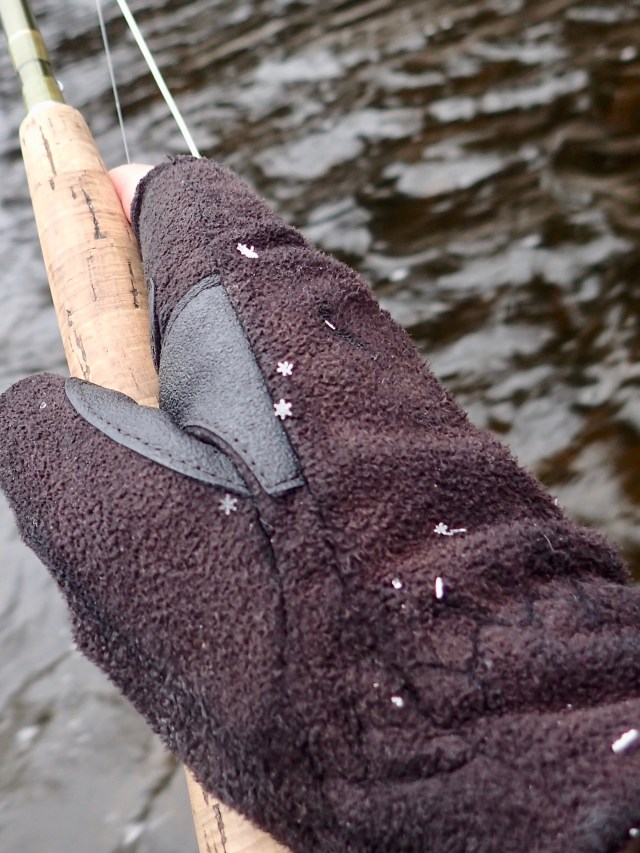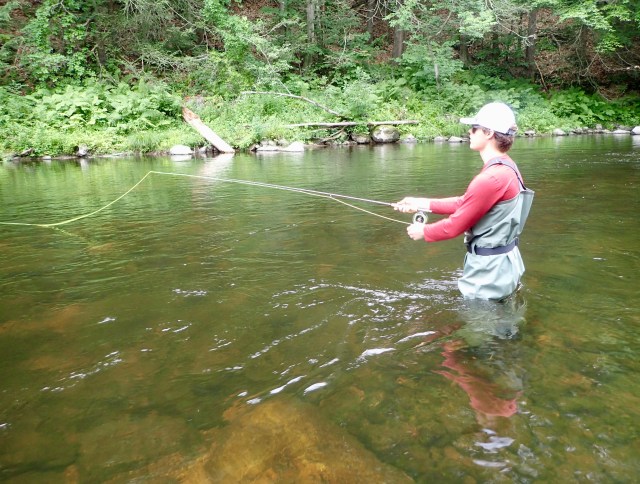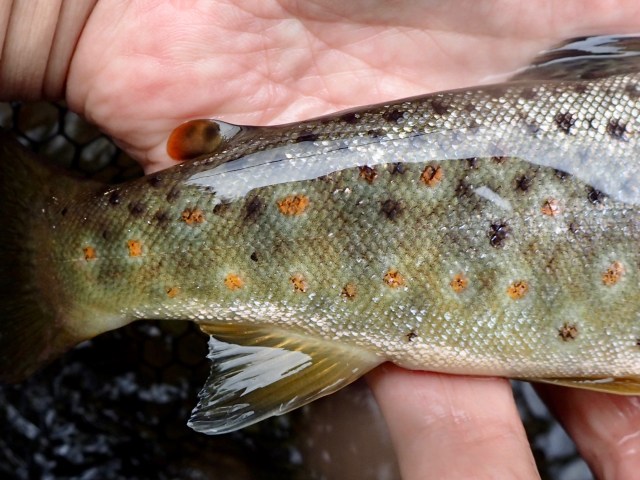Have you ever wondered why so many species managed by the ASMFC (Atlantic States Marine Fisheries Commission) are in trouble? How can any commission tasked with managing fishing stocks have such an abysmal track record and still exist?
The answers are both complex and simple. On the simple side, the answers are a) because the commission does not have conservation in mind, and b) because they can (there is no accountability).
Why does the ASMFC suck at managing our striper fishery? Because they can. Compare their non-checks and balances with the Magnuson Stevens framework. Share this infographic with fellow anglers and conservationists. And be sure to read this synopsis of ASMFC vs Magnuson Stevens.

If it all sounds pretty dire, it is. But there is hope: the American Saltwater Guides Association (ASGA).
Don’t let the name fool you: the ASGA has your (the recreational, conservation-minded striper angler) best interests in mind (as well as in deed). They’ll be going to bat for us at the ASMFC meeting next month. To quote the ASGA: “We are hereby putting the ASMFC on notice. If they choose not to follow their own rules yet again we will do everything in our power to legislate a new framework that won’t allow them to mismanage the resource.”
What can you do to help? Here’s a short action list:
1) Educate yourself – ASGA blog is a great resource
2) Write your state ASMFC reps (you can find the list here.)
The entire recreational angling community has to mobilize if we are going to have any chance of recovering this precious resource. I’m asking all currentseams readers to step up and do at least two of the above. The stripers and I thank you.














